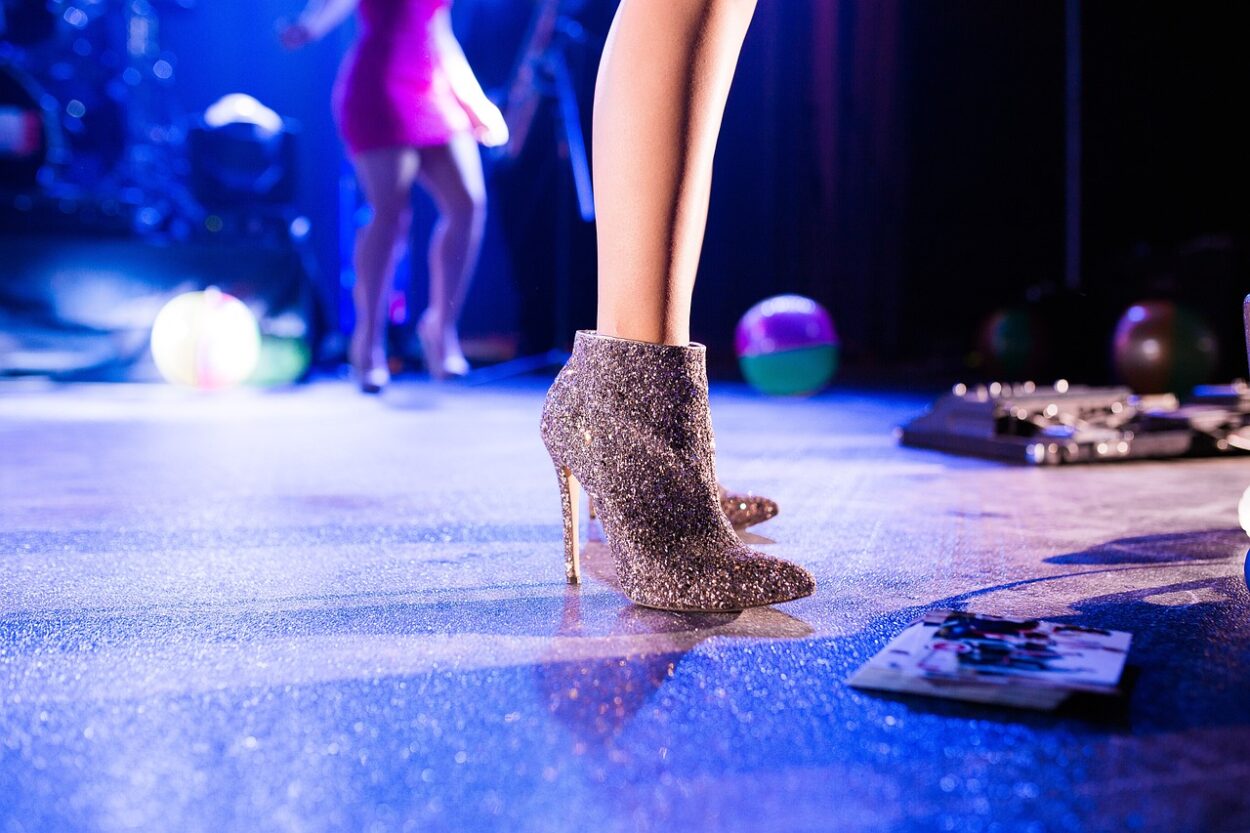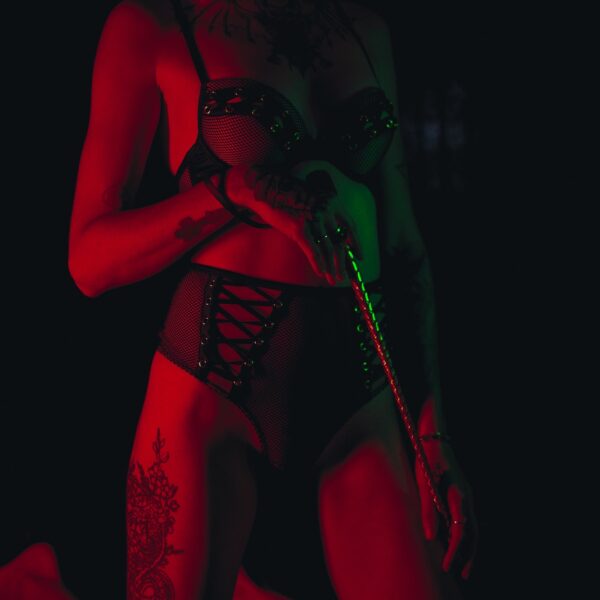Fetish clubs offer a safe environment for sexual exploration. They are also places for self-expression and socialising. They are the safest clubs in terms of touching people and have strict codes of conduct involving respect and discretion.
Most fetish clubs have an intro night for those trying out kink for the first time. This is a great way to try out the club and make new friends.
A fetish club is a place where people of all genders can explore their sexuality.
Fetish clubs are hallowed places where kinky people can explore their fantasies and unleash their wildest desires. They offer a safe space for members of all genders to experience fetish, regardless of their sexual orientation or background. They can find a range of different kinks, from dommes and diapers to sadism and subbing.
Fetism and kink have long been taboo in mainstream culture, but the 1990s saw a change in attitudes to fetishism, particularly in British society. The fetish community began to be more accepted, and the media depicted fetish in a positive light. As a result, the fetish scene expanded and more people started to attend fetish clubs.
Women who wear fetish fashions often experience positive self evaluations (a continuous motivational factor of human behavior; Greenberg, Pyszczynski, Solomon, and Rosenblatt 1990; Spencer, Josephs, and Steele 1993; Tesser 1988). The positive self evaluations are likely to motivate female consumers to continue wearing the fetish clothing.
In addition to positive self evaluations, fetish fashions can also give females the power to control their own sexual desires. This gives women more confidence in their sexual ability and allows them to feel more comfortable with dominance. As a result, they are more likely to be turned on by dominant men. Moreover, because women who are wearing fetish clothing can be more confident in their sexual abilities, they will be more likely to pursue a relationship with a man they like.
It is a safe environment
The right fetish club can be a safe environment for members, providing them with a space to explore their sexual fantasies and connect with like-minded people. However, some fetish clubs and their organizers can give this type of event a bad name, so it’s important to do your research before attending a kinky party.
Unlike most clubs, many fetish clubs have strict dress codes to keep the environment safe. This is not to be pretentious or exclusionary, but rather to protect members from people who don’t respect their boundaries. For example, if someone shows up in V for Vendetta masks and a poncho, they might be a dangerous person who might hurt others or break their equipment.
As fetish parties grow more mainstream, the kink scene is changing. Instead of dungeons, there are more “glam” fetish events that focus on music and fashion with a daring edge. The fetish community is getting more inclusive and diverse, and it is helping to destigmatize BDSM.
There are also a number of new venues that offer fetish parties, including strip clubs and sex cinemas. Some of these venues are regulated by Sex Establishment Licenses, so it is important to understand the rules before attending a fetish party. It is also essential to receive clear and explicit consent before touching anyone at the club.
It is a place for self-expression
Fetish clubs offer a safe space for people to express their sexuality in a way that is both private and respectable. They also promote a sense of community and provide a place for people to socialise and share their interests. Fetish clubs have strict codes of conduct, and touching anyone without their permission is strictly prohibited. They also do not allow people to touch their genitalia or buttocks in public, and they have no tolerance for sexual harassment.
While mainstream culture has opened up to sexuality in recent years, fetish clubs still remain hallowed spaces for kinksters. While they are often portrayed negatively in the tabloids, these spaces allow people to escape from reality and indulge in their wildest fantasies. Many clubs host a wide variety of events, from sex toys and tassels to corsets and feathers.
One such fetish club is Klub Verboten, a nightclub in London that hosts a range of themed parties. Those who attend these events are required to wear costumes, and anyone wearing plainclothes will be booted. This is to encourage the audience to get involved and deter looky-loos.
Glenn FF, the owner of Fetish Factory in Oakland Park, Florida, runs a monthly glam fetish party in his store. His goal is to bring a different twist to the fetish scene by using music and fashion with a daring attitude. He believes that fetish will be more widely accepted in the future as society opens up to sexuality.
It is a place for socialising
Fetish clubs are a place for people of all genders to socialise and interact with each other. They can take the form of a bar and dance club, or they can be a huge nightclub with various rooms dedicated to different fetishes. Often, the rooms will have a theme that is chosen by the organisers, and the audience is encouraged to dress in the same style. This is to encourage a sense of community and to ensure that everyone feels safe and comfortable.
It’s not just the audience that benefits from a fetish club – the organizers themselves benefit, too. Many fetish events are a form of activism, and their success can have a big impact on the way that society views sexuality. They can also help to change the way that the media portrays fetishism.
The fetish scene has changed over the years, and some of these changes are very positive. In the 1990s, fetish began to be seen as a valid part of life and was widely accepted by the public. However, there were still some negative images in the media that made some feel uncomfortable about attending fetish parties.
Despite these challenges, Klub Verboten continues to thrive. This is partly due to its specific aesthetic and inclusive attitude, as well as its DIY ethics.




Leave a Comment